Emotionally, this summer feels like summers when I was 12 or 13 — when I stuck close to home because I wasn’t allowed yet to get in trouble with friends with cars. I’m regressing to the point that I’ve even started wearing cutoff jeans again. And for the first time in many many years, I’m spending lazy afternoons again at the beach. (I actually like social distancing at the beach. Unlike in my teens, nobody can suddenly loom over you while sunbathing and ask, So what’s your name?) While my pysche is living through Proustian flashbacks of housebound summers past, my beachside reading material is very much an outgrowth of recent events, personally and globally, a book on chance called The Biggest Bluff: “That’s the thing about life: You can do what you do but in the end, some things remain stubbornly outside your control. You can’t calculate for dumb bad luck. As they say, man plans, God laughs. I could definitely detect a slight cackle.”
The Cosmos sulphureus I grew from seed has been so good that I decided to bring in Gomphrena ‘Fireworks’ again to see how these deep saturated colors play with the grasses and succulents for August and beyond. The ‘Fireworks’ gomphrena, as opposed to the familiar annual varieties, is a tender perennial species that comes from the grasslands/pampas of Argentina and was a sensation when it was introduced several years ago. It’s like having alliums for months that tolerate very dry, full sun conditions. Perennial here in zone 10, I removed my old ‘Fireworks’ to make way for a clump of Lindheimeri muhly grass. I assumed the nurseries this August would be inundated with it, as they were last year — except inexplicably my local nursery had not a one on their plant tables. On the way out I noted one 3-gallon container against the fence with the familiar shocking pink bobbles. The tag read ‘Truffala Pink.’ Already there’s spinoffs of ‘Fireworks’? Checking my phone at the nursery, the scuttlebutt is ‘Truffula’ is a more compact form. Fine, I’ll give it a go, even in a huge size I can’t use. I took it home and cut the 3-gallon into three clumps.
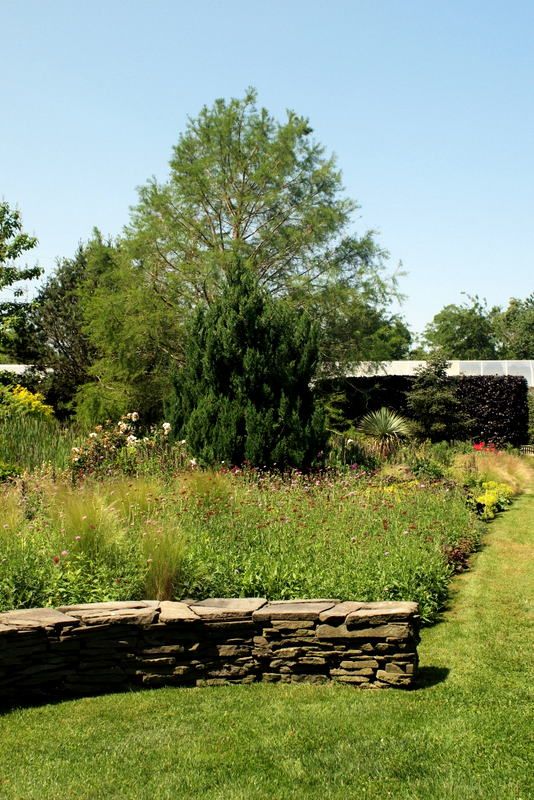
Landcraft Enviroments in Long Island, New York, pictured above, which I visited with a bunch of garden friends in June 2013, has even come up with a chartreuse-leaved gomphrena called ‘Cosmic Flare.‘ This just might be the Next Big Thing in Plants for 2021 if production is ramped up and it makes its way to the West Coast.
The other Cosmos bipinnatus plants won’t be in flower for a couple more weeks at least, if they make it through the ongoing heat wave. Sowing seeds and nurturing them through summer is not for the fainthearted! But it is a huge amount of fun nonetheless. Just keep a spray bottle handy at all times. For cosmos, you have to figure three months to bloom from seed, and I started most of mine in late June. I’ve been checking Jimi Blake’s Instagram feed religiously now, because he often posts videos almost an hour long, touring the amazing planting he’s playing with at his garden in County Wicklow, Ireland. Despite the difference in climate, there’s a lot to learn from his enthusiasm, fearlessness, and his emphasis on succession planting, not to mention his mean propagation skills. This summer he’s taken to propagating cuttings in pure sand, without stripping the cutting of its upper leaves, multiples in a pot, and having good success rates. I’m very tempted to start his online courses too. It’s especially fun to watch his excitement as he experiments with mixing in cacti and other succulents now. And I’ve since found out that Cosmos sulphureus is a favorite of Jimi too and was a big part of his garden in 2019. Jimi first saw this cosmos at the RHS Wisley cosmos trials in 2016, when more than 80 varieties of Cosmos bipinnatus and sulphureus were planted to compare newer varieties to the old stalwarts like the ‘Sonata’ series. Newer varieties are indeed beating out the older strains, including a new series called ‘Apollo.’ The ‘Cupcake’ strain, developed by Thompson & Morgan from plants found by a Santa Rosa, CA woman several years ago, was the public’s favorite. The petals are uniquely fused to form a chalice. I finally got around to buying Jimi’s book this week, A Beautiful Obsession…highly recommended, full of inspo as well as practical information on planting and zone pushing. And for cosmos seed, check out Floret Flowers’ incredible selection.
And this is precisely why I don’t blog more frequently, because when I start I can’t shut up. Hope you’re well and having more good days than bad days…





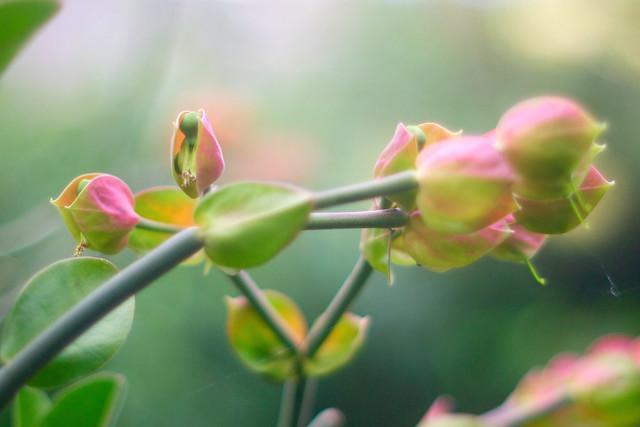
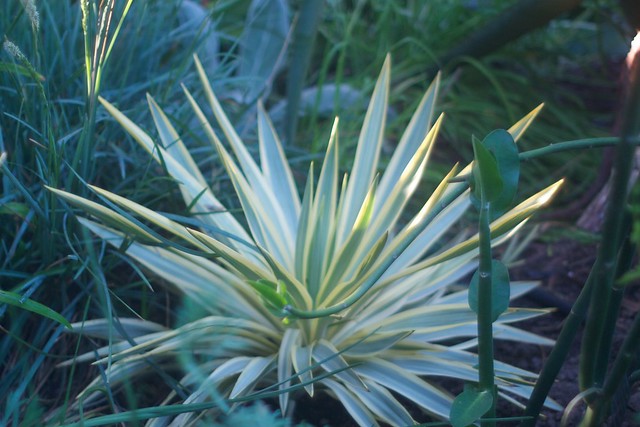
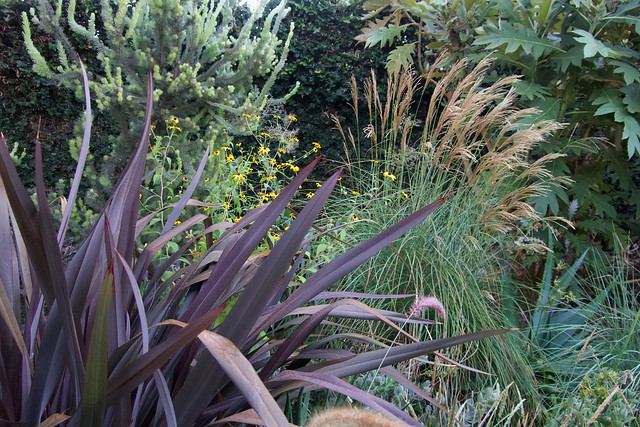
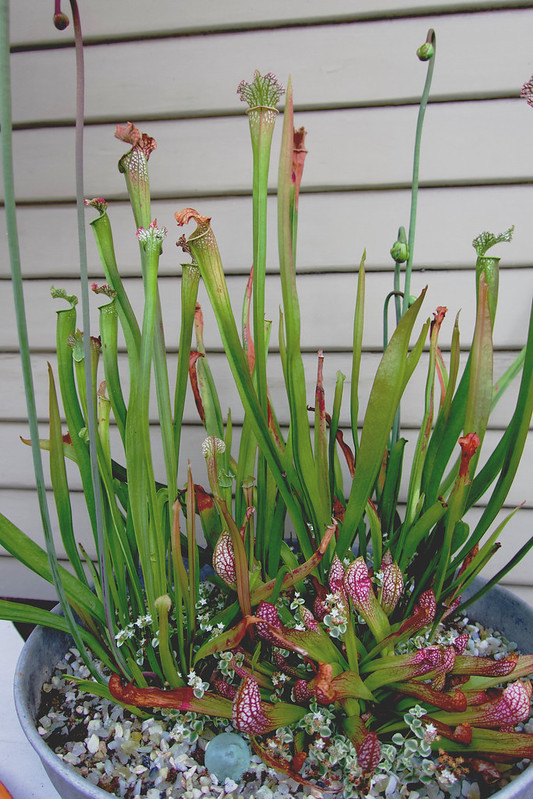


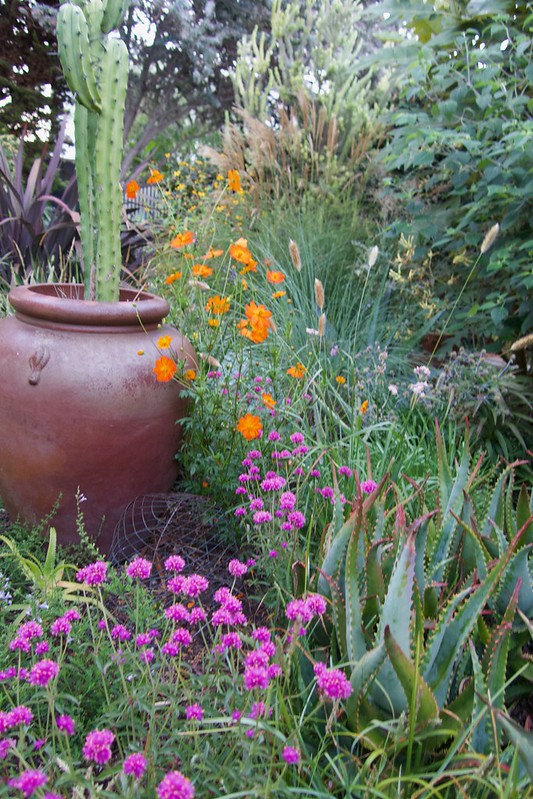
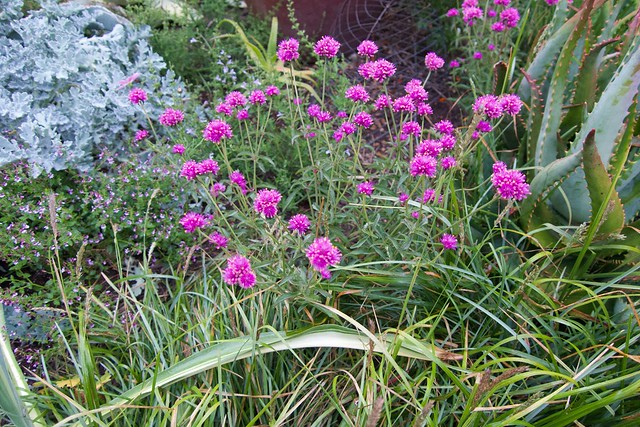

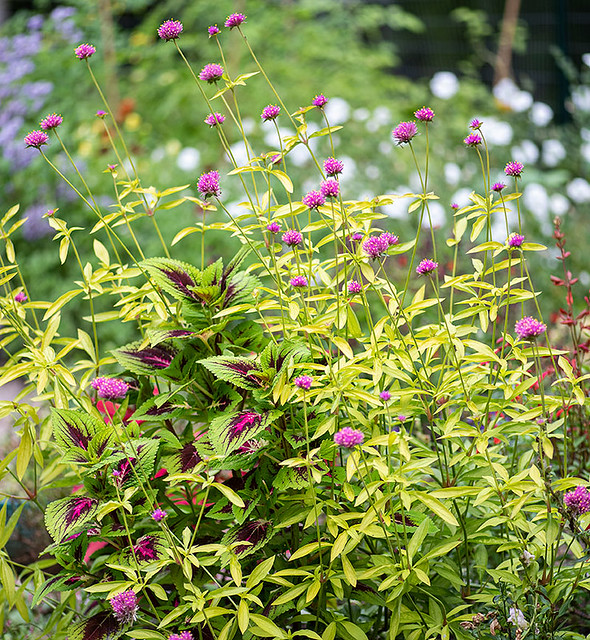
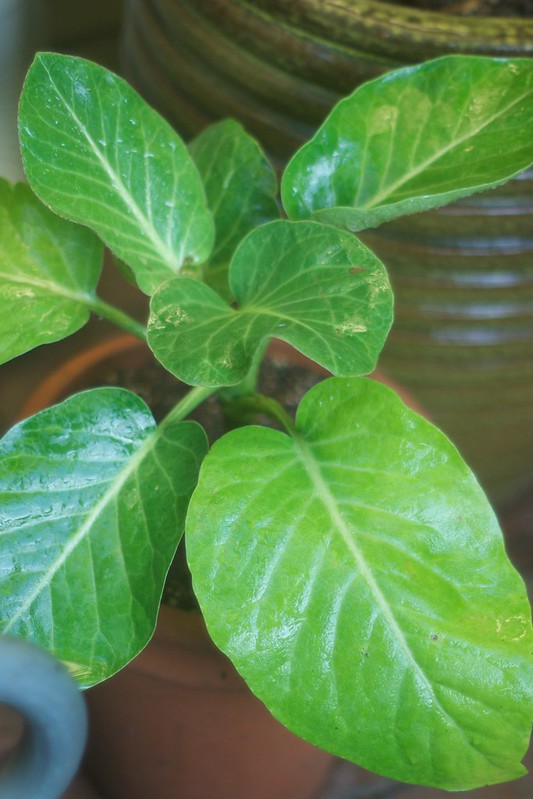
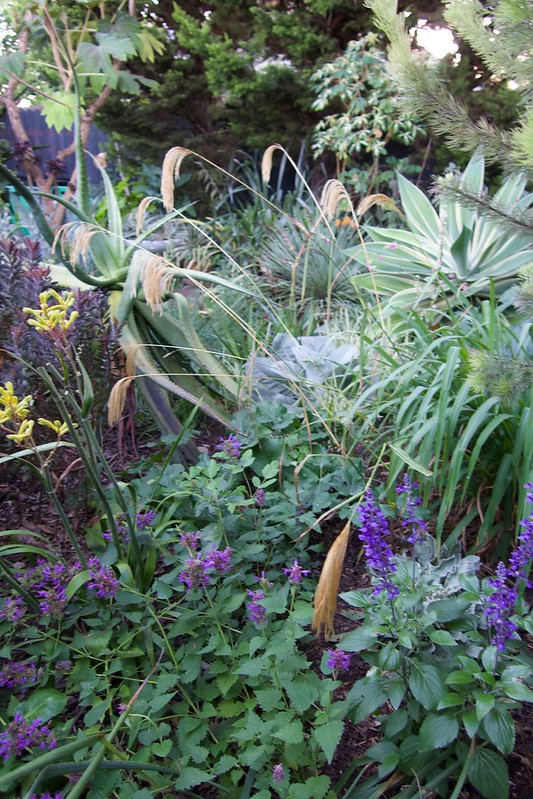
Regret is usually short lived here when a too-large plant is vanquished. I agonize for awhile but as you noted the ‘breathing room’ just opens up so many possibilities. Gomphrena ‘Fireworks’ perennialized for me , but was discarded after a few years when I redid the bed it lived in. I would like to find a spot for it again. But there are numerous plants that I want a spot for !
The photo of the Puya flower is wonderful, even if you were compelled to get up before dawn to capture it. (Pipig usually starts trying to get me up around 2am but, when she’s persistent, I lock her out of the bedroom.) I blew it in getting my Cosmos seeds sowed, including the Cosmos sulphureus another blogger sent to me last year, although I did finally sow a couple of Floret packets in a tub in July. I bought a 6-pack of a white variety to tide me over. I found Gomphrena ‘Truffala Pink’ at my local garden center in a 6-inch pot but I’ve noted that the local supply of plants is hit or miss – I was told that the garden center has had difficulty getting deliveries on a regular basis.
Stay cool! It just hit 90F here at 11am.
You seem in a relaxed, contemplative mood–lovely. Maybe a summer at the beach is okay?
The middle school summers I would ride my bike down to The Strand in Hermosa, take the Strand south to just past the Redondo power plant, then ride all the way home. Took me hours. The happiest memory of middle school years.
But back to plants: wow your Sarracenias look fabulous, are they difficult? You’ve tempted me. Lovely Puya–there’s a quirky front yard in the neighborhood that uses two massive rows of Pedilanthus as an allee to the front door. Yours looks much better. The cosmos is perfect with the Gomphrena.
Peace
@Kathy, numerous plants, too few spots! Wasn’t that a great trip to the East Coast gardens? I have yet to get to Chanticleer…
@Kris, the flowers on that puya are each only open a day. So Pipig is an early bird too!
@Hoov, I did those long bike rides too! There’s that weird, pre-car time in adolescence when you want to make tracks, cover distances, have adventures, so a bike comes in handy. The pitcher plants survive if you’re careful to only give distilled water — I’ve seen happier pitchers in the PNW, for example.
Summer at the beach sounds awesome. You have some great plants going strong now. The slipper plant is very cool as are the Puya blooms. Need to take advantage of the down time because at some time it will disappear again.